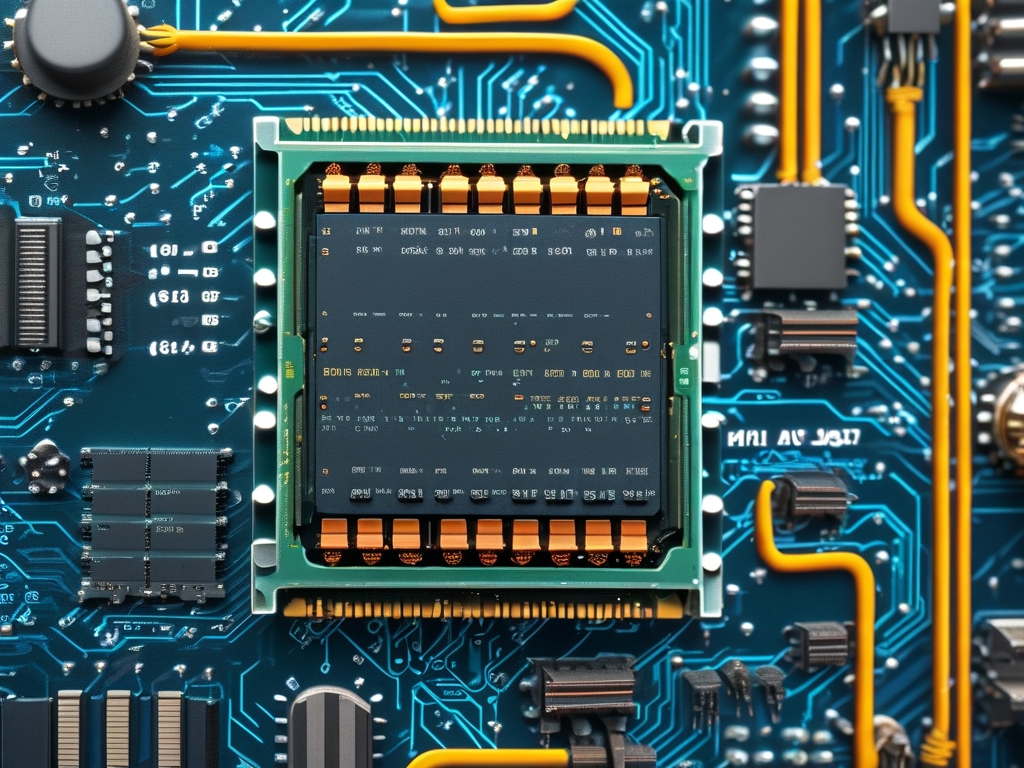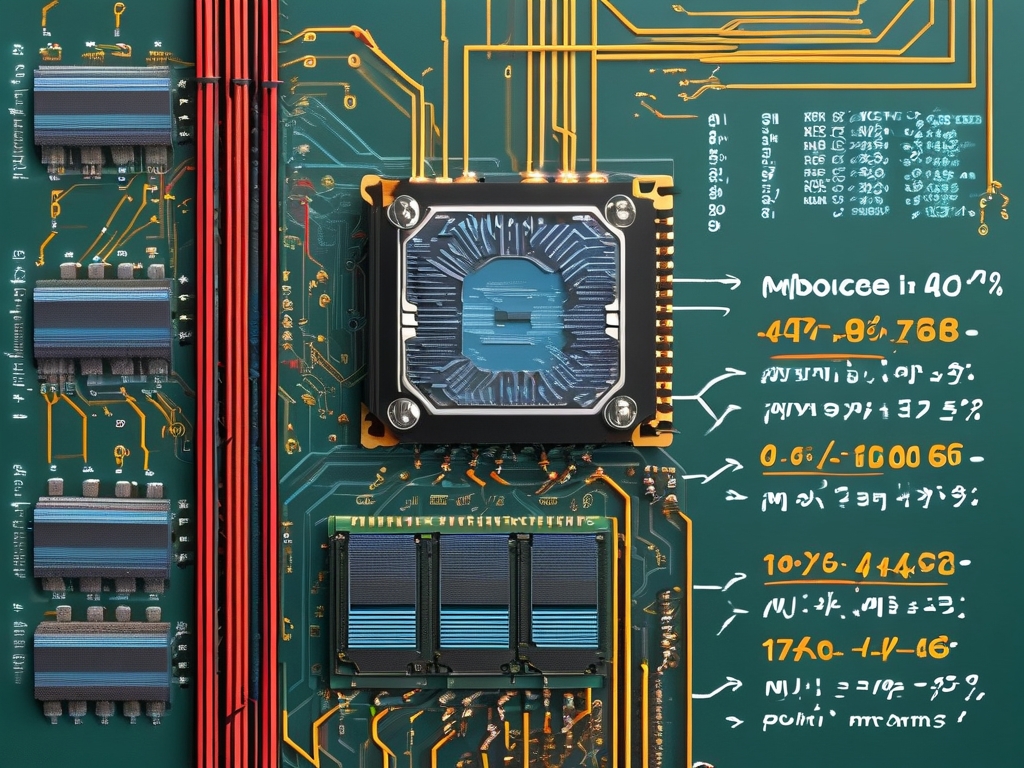In modern computing systems, understanding the relationship between memory operations and power consumption has become critical for designing energy-efficient devices. While processors often dominate power discussions, memory subsystems account for 25-40% of total system energy use in typical configurations. This article explores advanced methods to calculate and optimize power consumption related to memory operations.
The Memory-Power Nexus
Every memory access triggers a chain of energy-consuming events. From activating row buffers in DRAM to maintaining charge in SRAM cells, these operations create measurable power draws. Engineers must consider both dynamic power (during read/write operations) and static power (leakage current during idle states). For example, a DDR4 memory module consumes approximately 2-3 Watts during active use, while newer LPDDR5 technology reduces this to 1.8W through improved bank grouping architecture.
Calculation Methodology
A robust power estimation formula for memory subsystems should incorporate:
def calculate_memory_power(operations_per_sec, active_voltage, idle_voltage):
dynamic_power = operations_per_sec * (active_voltage**2) * 0.00000015
static_power = idle_voltage * 0.0042
return dynamic_power + static_power
This simplified model accounts for frequency-dependent dynamic consumption and voltage-related static losses. Real-world implementations require additional parameters like bank activation energy and temperature coefficients.
Memory Hierarchy Optimization
Different memory types exhibit distinct power profiles:
- Register files: 0.5pJ/bit (fast but power-hungry)
- SRAM cache: 1-2pJ/bit access
- DRAM: 10-20pJ/bit access
- NAND Flash: 1000pJ/bit (high latency but low active power)
Architects can leverage this hierarchy through data placement strategies. Storing frequently accessed data in L1 cache instead of DRAM reduces energy per operation by 90%, though this requires sophisticated prefetch algorithms to maintain performance.
Emerging Technologies
Recent advancements like 3D-stacked memory and resistive RAM (ReRAM) challenge traditional power models. Samsung's High Bandwidth Memory 3 shows 30% better power efficiency compared to conventional GDDR6 through TSV (Through-Silicon Via) interconnects that shorten data paths. Meanwhile, non-volatile memory technologies eliminate refresh power – crucial for IoT devices where memory may sit idle 95% of the time.
Software-Level Considerations
Memory-aware programming techniques significantly impact power outcomes:
- Loop tiling reduces cache misses by 40%
- Data structure padding decreases row buffer conflicts
- NUMA-aware allocation minimizes inter-chip communication
A case study on database systems revealed that optimizing query patterns to leverage spatial locality reduced memory-related power consumption by 22% without hardware modifications.
Measurement Challenges
Accurate power profiling requires specialized tools like JEDEC-compliant test platforms that sample current at 1MHz frequencies. Many engineers underestimate the "hidden" costs of memory refresh cycles – a DRAM module may consume 15% of its active power just maintaining data integrity. Advanced power gating techniques can mitigate this, but require careful timing analysis to avoid data loss.
Future Directions
The industry is moving toward adaptive voltage scaling for memory subsystems. Micron's Automata Processor demonstrates context-aware power adjustment, dynamically matching supply voltage to operational requirements. Machine learning models now predict memory access patterns, enabling predictive power management that reduces overall consumption by 18-27% in server deployments.

As memory densities continue doubling every two years (following a modified version of Moore's Law), power optimization will remain a key battleground for engineers. Through combined hardware innovations and algorithmic improvements, the next generation of memory systems aims to deliver 100x improvements in energy efficiency while maintaining performance gains.

Implementation Checklist
For developers working on power-sensitive applications:
- Profile memory access patterns using tools like Valgrind or Intel VTune
- Experiment with memory compression to reduce physical accesses
- Consider error-correcting code tradeoffs – more robust ECC increases power
- Evaluate emerging memory standards like DDR5 (1.1V operation) versus LPDDR5 (0.5V)
The complex interplay between memory operations and power consumption demands a holistic approach, blending circuit design, architectural decisions, and software optimization. As edge computing and mobile devices proliferate, mastering these techniques becomes essential for creating sustainable, high-performance systems.




